
The world is facing a severe water crisis. The United Nations says 2.3 billion people live in countries with water stress.
The upcoming Global Water Summit aims to tackle this big challenge. It will gather top organizations and experts. They will share ways to improve water infrastructure.
As we work towards UNSDG#6, new technologies and plans are being used. They help make sure we have enough water sustainability.
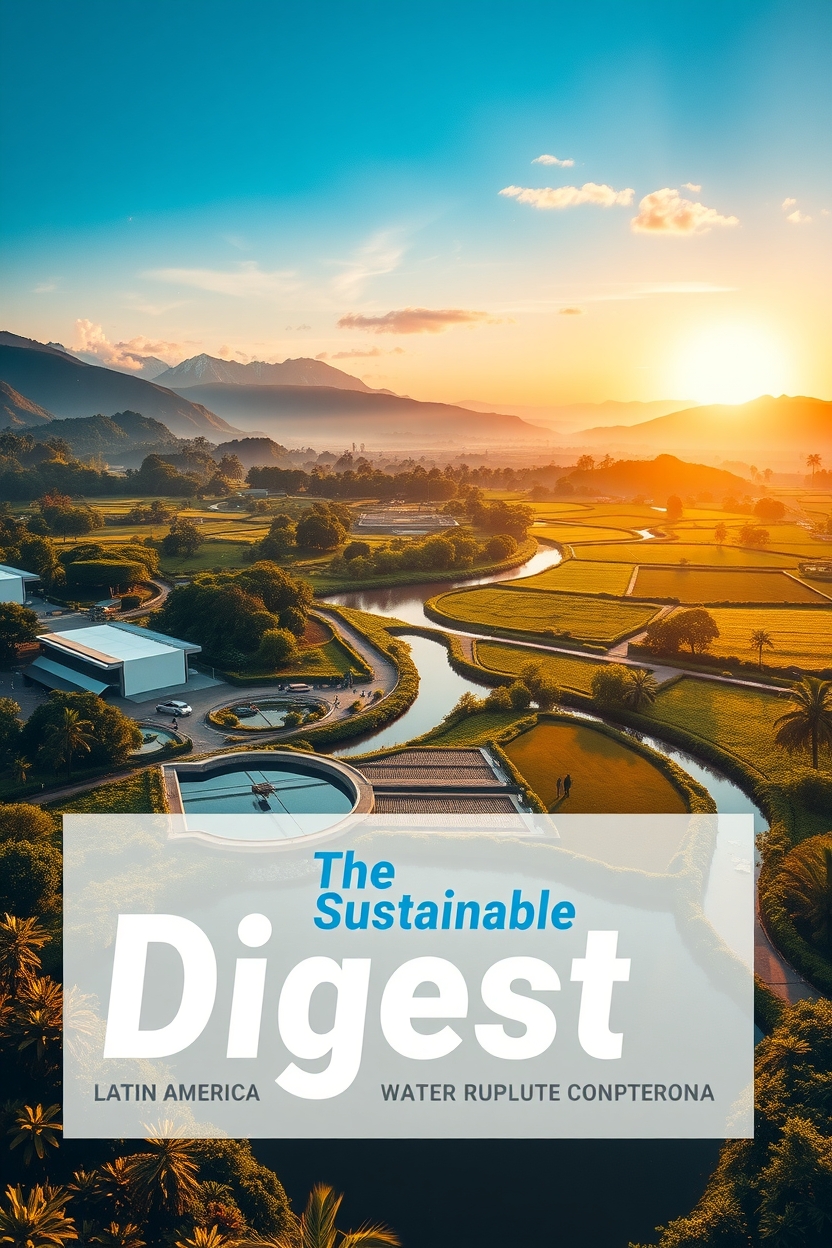
The Scope and Impact of the Global Water Crisis
The global water crisis is getting worse, affecting our environment and health. It involves water scarcity, pollution, and unequal access to clean water.
Current Statistics and Global Trends
Recent numbers show how bad the crisis is. Over 2 billion people lack access to safe drinking water. This number will grow because of climate change, more people, and poor infrastructure.
Places like Africa and Latin America are hit hard. Communities there struggle to get clean water for drinking, sanitation, and hygiene.
Most Vulnerable Populations and Regions
Small island nations and communities in Africa and Latin America face big challenges. Water pollution and scarcity harm their lives and health. It’s key to protect small island habitats and save life under water to help these areas.
Environmental and Human Health Consequences
The crisis has severe effects on our environment and health. Water-borne diseases and pollution harm millions. Environmental damage also hurts ecosystems and biodiversity.
We need to work together to solve these problems. Improving water management and supporting sustainable development are crucial.
The 2025 Global Water Summit: Addressing Critical Challenges

Experts and organizations will meet at the 2025 Global Water Summit. They aim to solve the world’s biggest water problems. This event will unite leaders to face the global water crisis head-on.
Summit Goals and Expected Outcomes
The summit’s main goal is to find lasting solutions to the water crisis. It hopes to promote water saving and introduce new technologies. Experts will share the latest in water management research.
Key outcomes will include:
- Development of sustainable water management practices
- Promotion of water conservation techniques
- Implementation of innovative water technologies
Key Speakers and Organizations
Speakers from top groups like the International Water Association and Water.org will share their insights. The AWS, WQA, and AWWA will also be there. This mix of expertise will enrich the summit.
Participation Opportunities and Registration
There will be chances for people to join the summit. Details on how to register will be on the summit’s website. Signing up early is a good idea to get a spot.
Leading Organizations Tackling the Global Water Crisis
Many top organizations are working hard to solve the global water crisis. They are launching different projects and programs. These efforts aim to make sure everyone has access to clean water and sanitation.
Alliance for Water Stewardship (AWS) Initiatives
The AWS is leading the way in water stewardship worldwide. They are creating and using the AWS International Water Stewardship Standard. This standard helps manage water responsibly.
Water Quality Association (WQA) Standards and Programs
The WQA works to better water quality through its standards and programs. They offer training and certification for water treatment experts. This ensures water treatment systems meet high standards.
American Water Works Association (AWWA) Research
The AWWA is a key player in water infrastructure and management. Their research aims to enhance water supply systems and manage water resources sustainably. They also tackle new challenges in water treatment.
United Nations Sustainable Development Goal #6
UNSDG#6 sets a goal to ensure everyone has access to clean water and sanitation by 2030. It includes targets like improving water quality and protecting water ecosystems.
| Organization | Initiatives/Programs | Focus Area |
|---|---|---|
| AWS | AWS International Water Stewardship Standard | Water Stewardship |
| WQA | Certification Programs for Water Treatment Professionals | Water Quality Improvement |
| AWWA | Research on Water Infrastructure and Management | Sustainable Water Management |
| UNSDG#6 | Sustainable Development Goal for Water and Sanitation | Universal Access to Clean Water and Sanitation |
Technological Innovations for Water Sustainability

New technologies are making water conservation better. These innovations help solve the global water crisis. They offer efficient ways to treat, conserve, and manage water.
Advanced Filtration and Purification Systems
New systems are being made to clean water. They remove harmful substances, making water safe for drinking and other uses. These systems use nanofiltration, reverse osmosis, and UV light disinfection.
Nanofiltration is great at removing heavy metals and other harmful compounds. UV light disinfection kills bacteria and other microorganisms.
Smart Water Infrastructure and IoT Solutions
Smart water systems and IoT solutions are being used to manage water better. They help monitor water systems in real-time. This allows for quick detection of leaks and anomalies, and better water supply management.
IoT sensors and data analytics help with predictive maintenance. They make managing water resources more efficient.
Desalination Breakthroughs
Desalination technologies are getting better. This means we can get more freshwater from seawater. Advances in energy-efficient reverse osmosis and solar-powered desalination plants are making it cheaper and more sustainable.
Energy-Efficient Reverse Osmosis
Energy-efficient reverse osmosis needs less energy. This makes desalination a more practical way to get freshwater.
Solar-Powered Desalination Plants
Solar-powered desalination plants use the sun’s energy. This reduces the need for fossil fuels and lowers carbon emissions.
Wastewater Recycling Technologies
Technologies for recycling wastewater are being developed. They treat wastewater for non-drinking uses. This reduces the need for freshwater.
| Technology | Description | Benefits |
|---|---|---|
| Advanced Filtration | Removes contaminants from water | Safe drinking water, improved public health |
| Smart Water Infrastructure | Real-time monitoring and management | Efficient water supply, reduced waste |
| Desalination | Provides new sources of freshwater | Increased water availability, reduced scarcity |
| Wastewater Recycling | Treats and reuses wastewater | Reduced demand on freshwater resources |
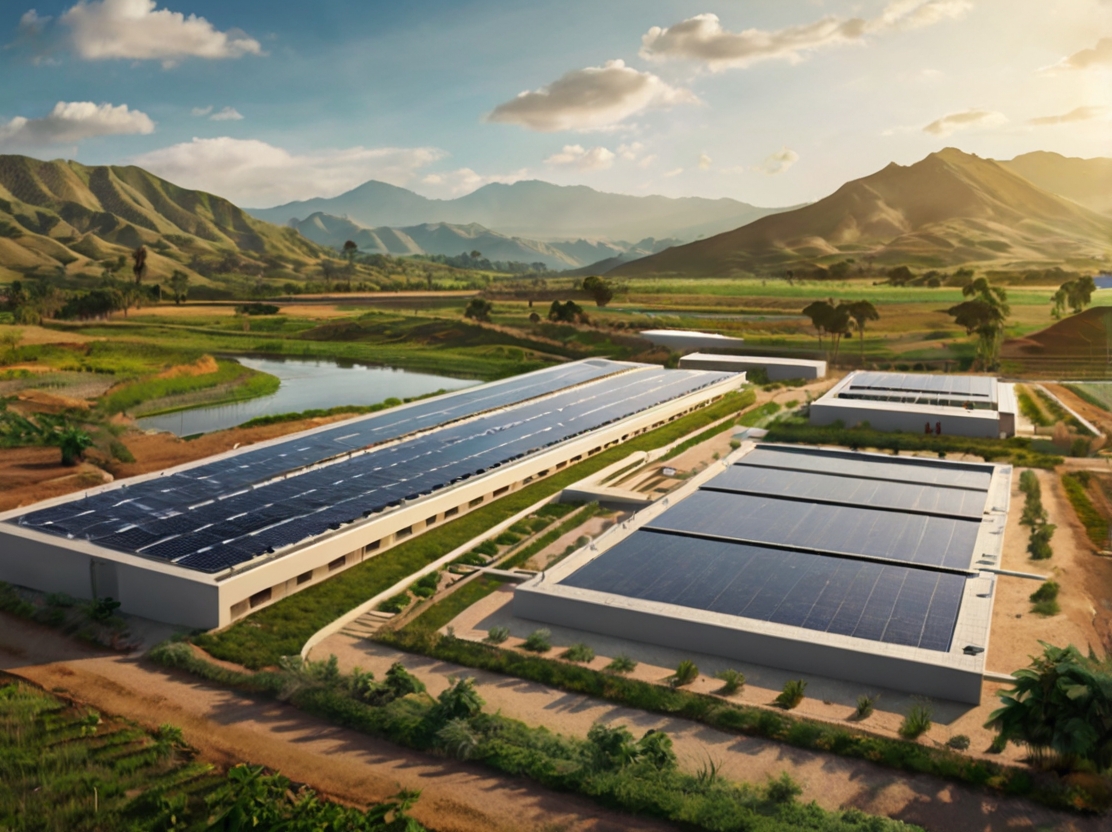
Sustainable Water Management Strategies
The global water crisis is getting worse. New ways to manage water are key. They help save water and cut down on waste.
Conservation Techniques for Residential and Commercial Use
Using less water at home and work is crucial. Simple steps like installing low-flow fixtures can save a lot. For example, low-flow showerheads and toilets can cut water use by up to 20%.
Fixing leaks fast and using water-efficient appliances also helps. These actions are important for saving water.
Rainwater Harvesting Systems
Rainwater harvesting is becoming more popular. It collects and stores rainwater for uses like watering plants and flushing toilets. This method can greatly reduce the need for municipal water, especially in rainy areas.
By using rainwater harvesting, homes and businesses can save money on water bills. It’s a step towards better water management.
Aquaponics and Hydroponics Applications
Technically, both Aquaponics and hydroponics are new ways to grow food that use less water. Aquaponics combines fish farming with plant growth in a closed system. Hydroponics grows plants in a nutrient-rich solution, not soil.
Both methods can increase food production while using less water. They are good for areas where water is scarce.
Precision Agriculture and Irrigation Efficiency
Precision agriculture and better irrigation are making farming more water-efficient. Drip irrigation and precision sprinklers send water right to the roots, cutting down on evaporation and runoff. Technology helps farmers check soil moisture and adjust watering schedules.
This leads to better water use in farming.
| Strategy | Description | Water Savings |
|---|---|---|
| Low-Flow Fixtures | Installing low-flow showerheads and toilets | Up to 20% |
| Rainwater Harvesting | Collecting and storing rainwater for non-potable uses | Significant reduction in municipal water demand |
| Aquaponics/Hydroponics | Innovative agricultural methods reducing water usage | Up to 90% less water than traditional farming |
| Precision Irrigation | Using technology to optimize irrigation | Reduces evaporation and runoff |
Regional Approaches to Clean Water and Sanitation

The world faces a big water crisis. We need different plans for clean water and sanitation in each area. Every place has its own problems, so we must solve them in our own way.
African Initiatives for Water Access
In Africa, people are working hard to get more water. They focus on managing water well and building better systems. For example, the African Development Bank is helping by starting projects in rural areas.
Latin America and Caribbean Water Infrastructure
Latin America and the Caribbean are building new water systems. They aim to fix their water problems. The Inter-American Development Bank is helping with money and advice.
- Improving water quality through advanced treatment technologies
- Enhancing water supply through infrastructure development
- Promoting water conservation practices
Small Island Nations and Water Conservation
Small islands have very little water. They are using special ways to save water. For example, Barbados is using rainwater to help its water supply.
Key strategies include:
- Implementing water-saving technologies
- Promoting public awareness campaigns on water conservation
- Developing policies to manage water resources sustainably
North American Water Policy Innovations
North America is trying new ways to handle water. They use smart technology and water reuse. The U.S. Environmental Protection Agency (EPA) supports these efforts.
It’s important to tackle the global water crisis with local solutions. By focusing on what works best for each area, we can make a big difference in keeping our water safe.
Economic Frameworks and Policy Solutions

To tackle the global water crisis, we need strong economic plans and policies. Good water management needs a mix of economic tools and governance.
Water Pricing Models and Affordability Programs
Water pricing models are key to using water wisely.
- Volumetric pricing charges based on water use.
- Block pricing has different rates for water blocks.
Affordability programs help low-income families get water. For example, the Philadelphia Water Department’s Tiered Assistance Program offers discounts.
Public-Private Partnerships in Water Infrastructure
Public-private partnerships (PPPs) are growing in water infrastructure. They bring capital and expertise. A World Bank report shows PPPs improve service and efficiency.
International Water Governance Structures
International cooperation is key for shared water resources. The Nile Basin Initiative works with member states for sustainable water use.
ESG and LEED Standards in Water Management
ESG and LEED standards are becoming common in water management. They encourage water saving and efficiency.
Using these economic plans and policies can help solve the global water crisis. As with other factor in climate and environmental sector, trying new pricing models, forming partnerships, improving international governance, and following ESG and LEED, we can ensure a water-secure future.
Community Engagement and Awareness Events

Events like Drink Water Week and Water Saving Week are key in teaching people about saving water. They help spread the word on how to use water wisely. This is vital for keeping our water resources safe.
May4th -10th Drink Water Week Activities
Drink Water Week happens from May 4th to 10th. It’s a time to drink more water and learn its value. There are many activities planned, like:
- Public awareness campaigns
- Water tasting events
- Educational programs in schools
These events aim to show how drinking water is good for us. They encourage us to stay hydrated.
May26th -30th Water Saving Week Programs
Water Saving Week is from May 26th to 30th. It’s all about saving water. Programs include:
- Workshops on water-saving techniques
- Community events to promote water-efficient appliances
- School competitions to encourage water conservation
These programs teach us simple ways to save water. They help us understand how to use water wisely.
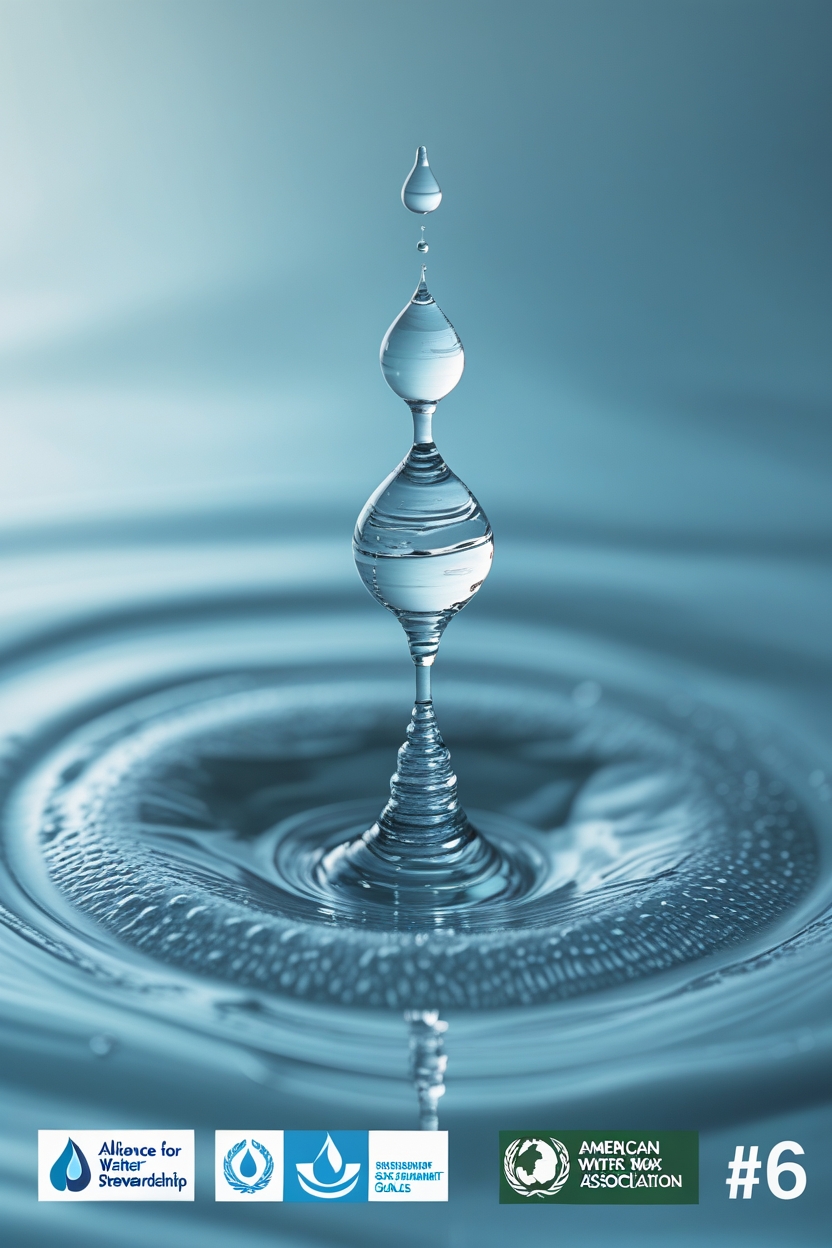
Educational Campaigns for Water Conservation
Educational campaigns are crucial for saving water. They use different ways to tell us why saving water matters. These organization help provide leverage by give tips on how to do it.
Some big efforts include:
- Social media campaigns
- Collaborations with influencers
- Distribution of educational materials
Corporate and Community Partnership Opportunities
Working together is key for saving water. Companies and communities can join forces. This way, they can use their skills and resources to help save water.
Some ways to partner include:
- Co-branding initiatives
- Joint community events
- Collaborative educational programs
Water Crisis Solutions and Climate Action Integration

Combining climate action with water crisis solutions is key to reaching sustainable goals. The global water crisis and climate change are closely tied. Solving one issue means tackling the other too.
Water Management’s Role in Carbon Reduction
Water management is crucial for cutting carbon emissions. By setting up efficient water systems, we use less energy and reduce carbon footprints. Some effective strategies include:
- Smart water grids to cut waste and improve distribution
- Renewable energy for water treatment
- Encouraging water saving to lower demand
Marine Ecosystem Protection Strategies
Keeping marine ecosystems healthy is essential for our planet’s well-being. Key strategies include:
- Creating marine protected areas to safeguard habitats
- Supporting sustainable fishing to avoid overfishing
- Lowering pollution through better waste handling
Plastic Pollution Mitigation in Water Bodies
Plastic pollution in water is a big problem. To tackle it, we can:
- Make laws to cut down single-use plastics
- Boost waste collection and recycling
- Run public awareness campaigns about plastic’s harm
UN Sustainable Development Goals #6 and #15 Synergies
Goals #6 (Clean Water and Sanitation) and #15 (Life on Land) are connected. To meet these goals, we need to work together on water and land conservation. Here’s how to combine efforts:
- Use sustainable land practices to protect water sources
- Support ecosystem-based adaptation to climate change
- Boost international cooperation to share knowledge and resources
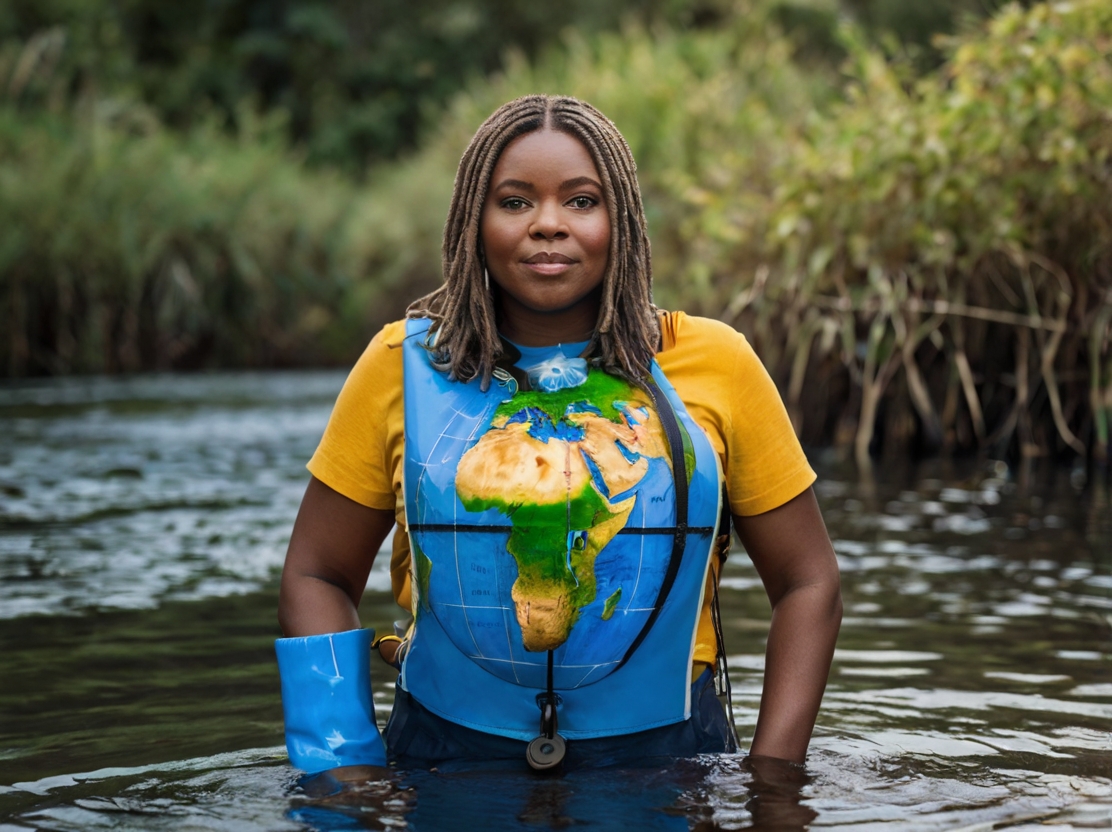
Conclusion: Collaborative Action for Water Security
The global water crisis is urgent and needs our immediate focus. We must work together to ensure water security for the future. This effort involves governments, organizations, and individuals joining forces.
The 2025 Global Water Summit is a big step towards this goal. It brings together important players to tackle major challenges. The summit aims to find new ways to solve the global water crisis.
Using infographics and diagrams can help share the summit’s key findings. They make it easy to see the progress and efforts towards water security.
By continuing to collaborate and share our knowledge, we can find effective solutions. This will help us build a more sustainable future for everyone.
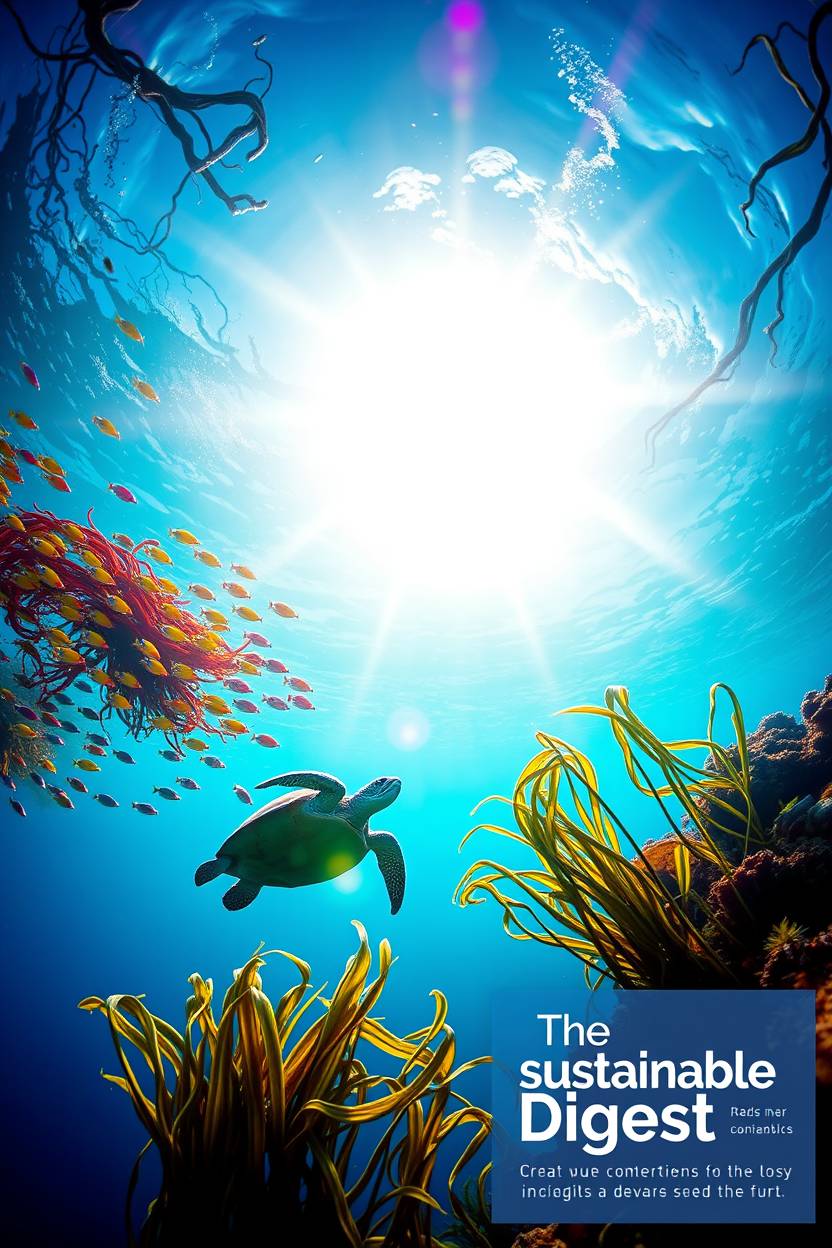
Key Takeaways
- The Global Water Crisis affects billions worldwide.
- The Global Water Summit will share sustainable solutions.
- Innovative technologies are crucial for water sustainability.
- Water infrastructure is key to addressing the crisis.
- Community engagement is vital for water conservation.
